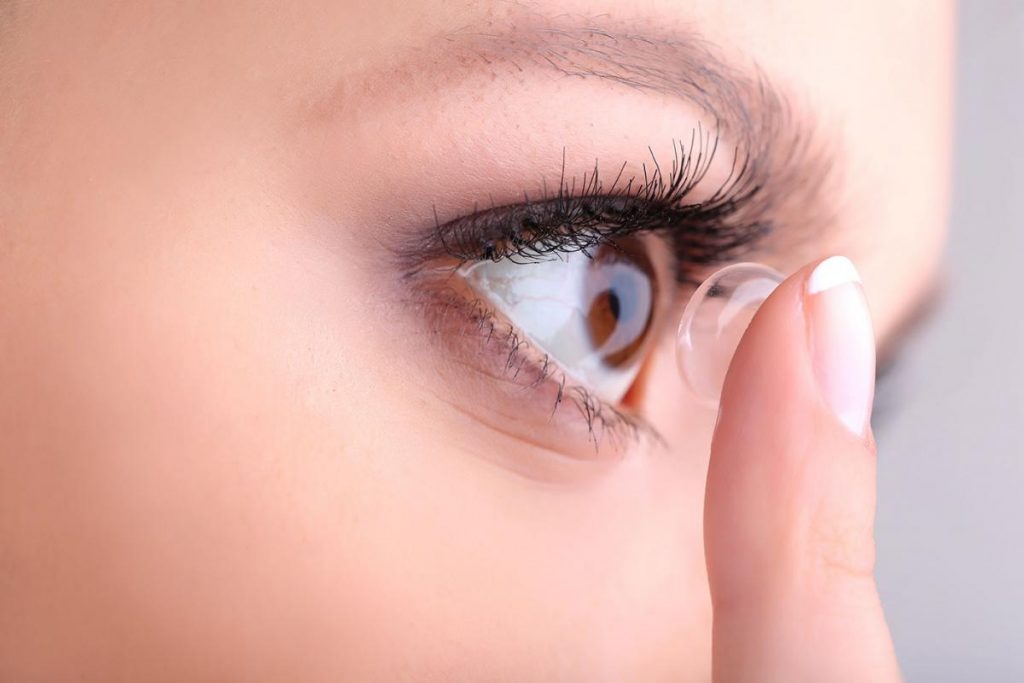Even for the veteran contact lens wearer, some of the terms that get tossed around with online contact lenses can be rather confusing and altogether puzzling. Having a foundation of information will make all levels of contact lens wearers a more educated and confident shopper.
Astigmatism: Astigmatism is a condition in which the cornea’s curvature is asymmetrical, resulting in blurred vision. This can happen in both nearsighted and farsighted individuals.
Bifocal Lens: This means a segment of the lens is to help with things up close and the other segment of the lens is for distance.
Color Tint Lenses: This is where the lens is colored to change the natural color of your eye.
Enzymatic Cleaner: This is a cleaner that removes protein deposits from contact lenses and is different than contact lens solution as it doesn’t need to be done daily. This can be done weekly and/or monthly. You may not need to do this depending on what type of contact lens you use. Talk to you doctor about before you use this product.
Handling Tint: Some lenses are specified as having a “handling tint”. This means is that there is a slight tint to help make the lenses more visible for both care and insertion of the lens. This specific tint has no effect on eye color.
Theatrical Lenses or “Wild Eyes”: You may see these lenses around Halloween. These lenses give a special and dramatic effect to the eyes. Even if you don’t need contact lenses for vision correction, you will still need to see a doctor and have a valid prescription before ordering.
Replacement Schedule: This means how often you discard and change out your contact lenses. For example, a daily lens is changed daily while a monthly is discarded and changed monthly. This is very important to ensure your eye remains healthy and clear of any infections. Wearing lenses longer than they are designed for can lead to infection and other issues.
RGP (Rigid Gas Permeable): These lenses are a soft, breathable contact lens that is custom fit to the shape of your cornea. They are the updated version of hard lenses.
Soft Lenses: These contact lenses are by far the most popular and most comfortable type of contact lens on the market. They are made of gel-like plastic containing varying amounts of water, which helps keep your eyes moist and feeling comfortable.
Solution: This is vital to clean, disinfect and store your contact lenses. It is important to change out your solution whenever you wear your contacts. This also helps prevent infection and eye irritation.
Toric: Individuals who are farsighted and nearsighted and told they are not suitable for regular contact lenses can wear toric lenses.
Trifocal: This means there are three segments to the lenses: one for close-up, one for mid-distance and another for faraway.
Wear Schedule: The amount of time you wear your contact lenses each day. Some lenses are designed to only be worn during the day (daily wear) and some you can sleep in (extended wear).

